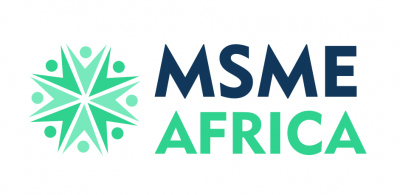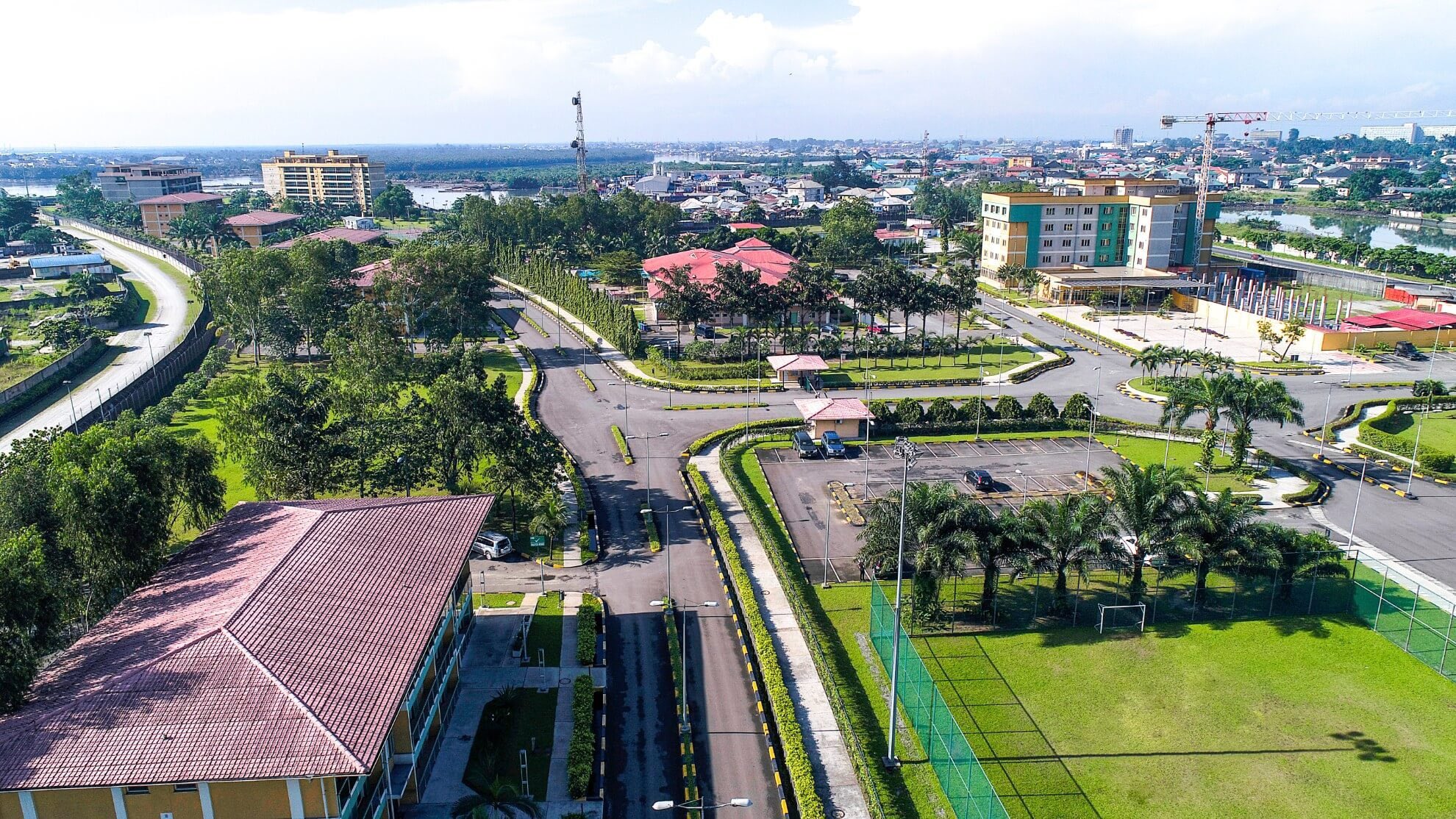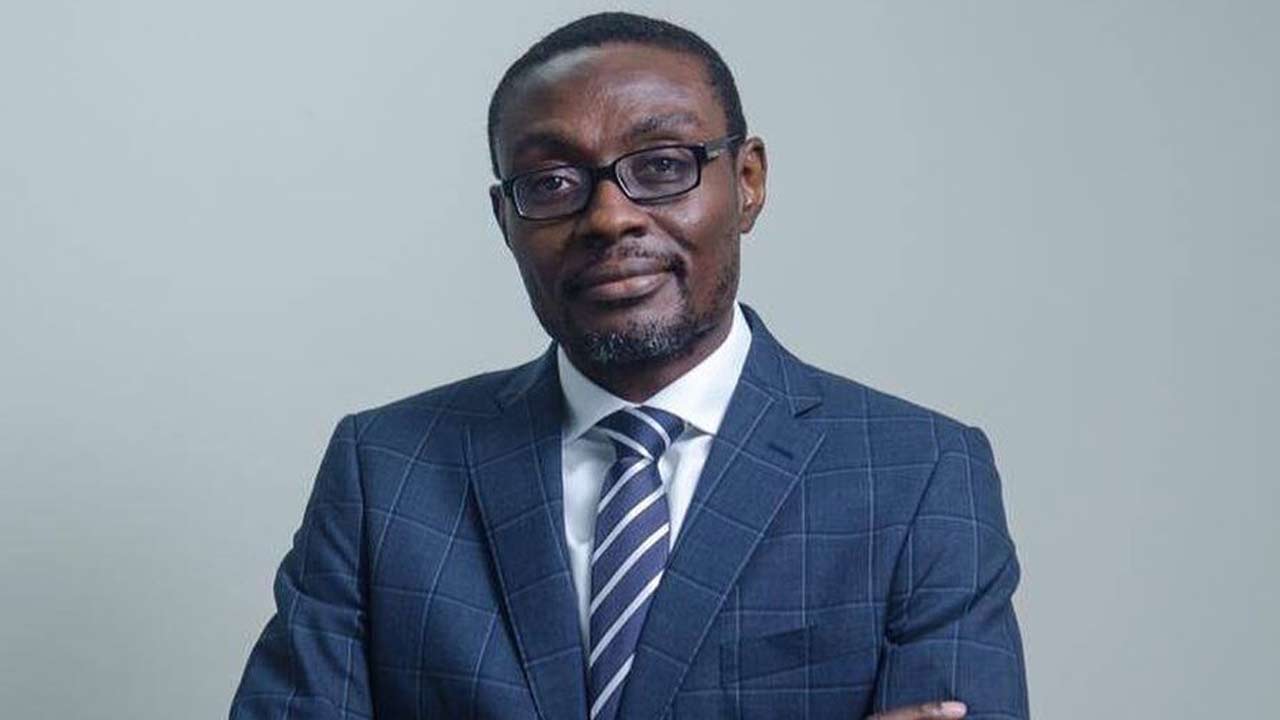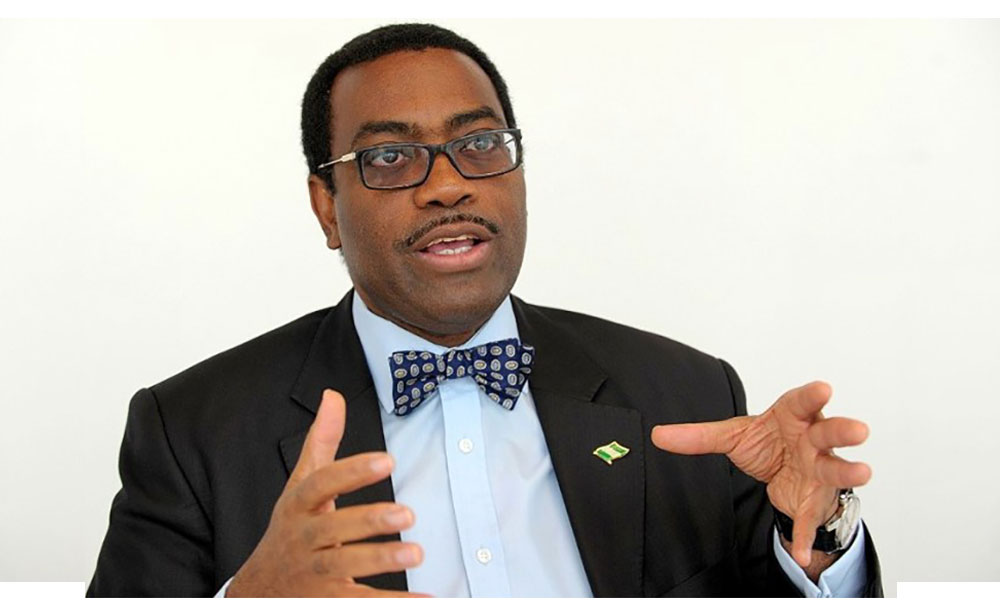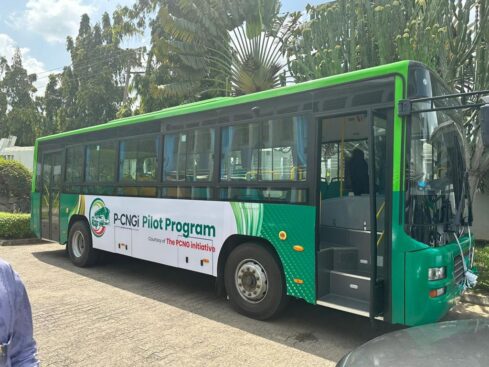In a bid to reduce worsening traffic congestion across Lagos, the state government has temporarily lifted the enforcement of Bus Rapid Transit (BRT) lane restrictions along the Eko Bridge and Odo Iya-Alaro corridor. This comes in response to the ongoing rehabilitation of the Ogudu-Ifako Bridge expansion joint, which has led to partial road closures and intensified gridlock on key routes into the Lagos Mainland.
The announcement was made on Wednesday by the Special Adviser to the Governor on Transportation, who explained that the measure is aimed at easing commuter hardship and maintaining traffic flow while repair works continue. He described the move as a “transitional and conditional” response that aligns with Governor Babajide Sanwo-Olu’s THEMES Plus Agenda, which focuses on sustainable traffic management and modern infrastructure.
The temporary suspension, now in effect, permits private and commercial vehicles to use BRT lanes on the affected routes during peak traffic periods. It is expected to boost road capacity and ease the mounting pressure on the Eko Bridge and Odo Iya-Alaro axis, particularly with the partial closure of the Ifako-bound carriageway on the Third Mainland Bridge.
Despite the relaxation, authorities warned that commercial buses and articulated vehicles must continue to adhere to safety rules and loading standards to prevent further congestion or safety risks.
To maintain order and discourage abuse of the relaxed restrictions, the Lagos State Traffic Management Authority (LASTMA) has deployed additional personnel and equipment to monitor traffic and swiftly address emerging issues.
This is not the first time Lagos has relaxed BRT lane rules due to infrastructure repairs. In November 2022, a similar measure was taken during partial closures on the Eko Bridge, with the Lagos Metropolitan Area Transport Authority (LAMATA) suspending enforcement to facilitate smoother traffic flow.
With ongoing repair projects expected to affect commuting for weeks, the government’s latest move is a short-term attempt to manage the impact while longer-term solutions remain in focus.
